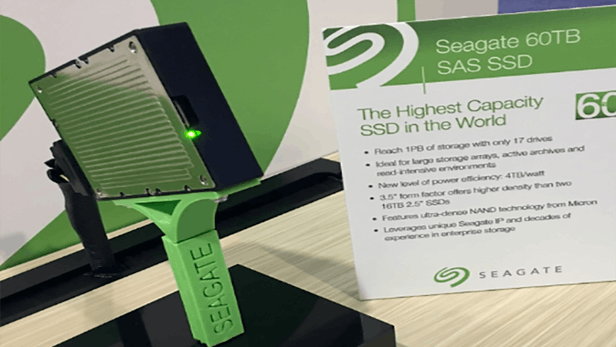
Breaking News
 The Days of Democracy Are Over
The Days of Democracy Are Over
 Elon Musk Described an AI Device to Replace Phones in 5 Years
Elon Musk Described an AI Device to Replace Phones in 5 Years
 Deposit Insurance For Billionaires?
Deposit Insurance For Billionaires?
 Rep. Troy Balderson Is Right: Coal And Gas Drive Affordable, Reliable, And Clean Energy
Rep. Troy Balderson Is Right: Coal And Gas Drive Affordable, Reliable, And Clean Energy
Top Tech News
 Graphene Dream Becomes a Reality as Miracle Material Enters Production for Better Chips, Batteries
Graphene Dream Becomes a Reality as Miracle Material Enters Production for Better Chips, Batteries
 Virtual Fencing May Allow Thousands More Cattle to Be Ranched on Land Rather Than in Barns
Virtual Fencing May Allow Thousands More Cattle to Be Ranched on Land Rather Than in Barns
 Prominent Personalities Sign Letter Seeking Ban On 'Development Of Superintelligence'
Prominent Personalities Sign Letter Seeking Ban On 'Development Of Superintelligence'
 Why 'Mirror Life' Is Causing Some Genetic Scientists To Freak Out
Why 'Mirror Life' Is Causing Some Genetic Scientists To Freak Out
 Retina e-paper promises screens 'visually indistinguishable from reality'
Retina e-paper promises screens 'visually indistinguishable from reality'
 Scientists baffled as interstellar visitor appears to reverse thrust before vanishing behind the sun
Scientists baffled as interstellar visitor appears to reverse thrust before vanishing behind the sun
 Future of Satellite of Direct to Cellphone
Future of Satellite of Direct to Cellphone
 Amazon goes nuclear with new modular reactor plant
Amazon goes nuclear with new modular reactor plant
 China Is Making 800-Mile EV Batteries. Here's Why America Can't Have Them
China Is Making 800-Mile EV Batteries. Here's Why America Can't Have Them
Seagate's new 60TB SAS drive is the world's biggest SSD

That area is storage. Businesses are being forced to store huge amounts of data, and manufacturers are ramping up the capacity of their hardware to cope with the load. The latest product of that practice is the 60TB SAS SSD from Seagate, the world's largest solid state drive.
Some people might have a big movie collection, but chances are most people have no need for 60 TB of solid-state storage. The SAS SSD is aimed at data centers, with twice the density and four times the storage of its nearest competitor. With this market in mind, the unit slots straight into an existing 3.5-inch HDD housing. All up, there's room for 400 million photos or 12,000 DVDs on the SSD.
"Given the demands on today's data centers, optimal technologies are those that can accommodate an immense amount of data as needed—and without taking up too much space. As such, we are constantly seeking new ways to provide the highest density possible in our all-flash data center configurations," says Mike Vildibill, vice president of Advanced Technologies and Big Data at HP Enterprise.

 China Innovates: Transforming Sand into Paper
China Innovates: Transforming Sand into Paper

